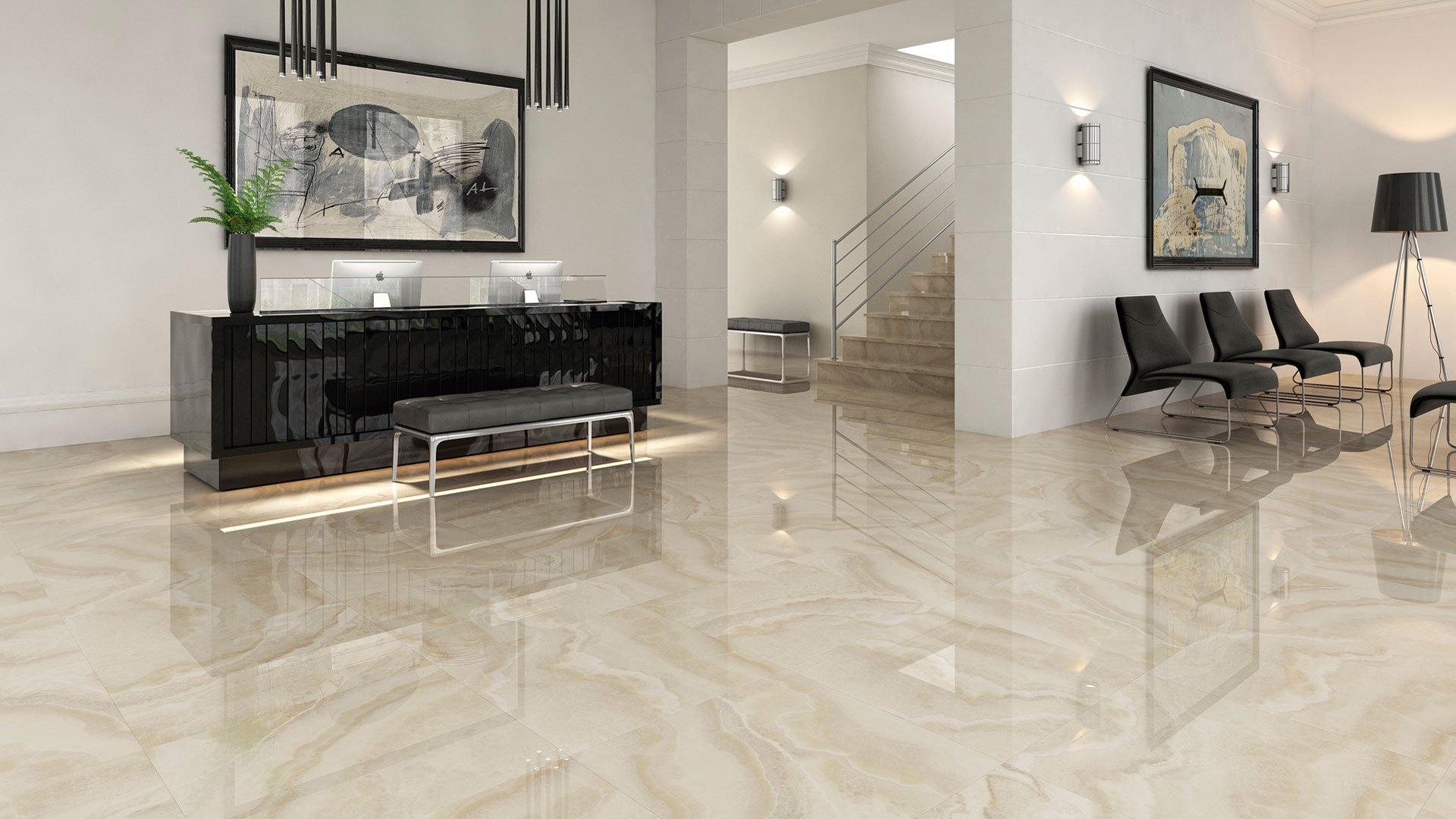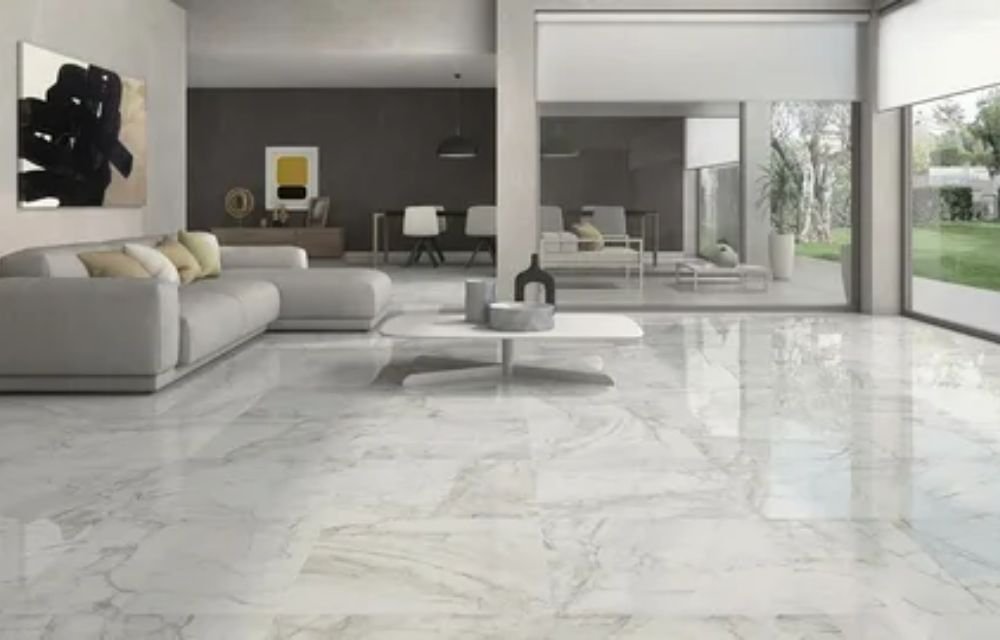How to Remove Stains from Marble Floors: Do’s and Don’ts
marble flooring is a luxurious and timeless addition to any space, admired for its natural elegance and classic charm. However, its beauty also comes with the responsibility of proper care. While marble is durable, it’s also porous—meaning it can easily absorb spills, leading to stubborn stains if not treated quickly and properly. Understanding the right techniques to maintain your marble flooring is essential to preserving its shine and extending its life.
In this blog, we’ll guide you through the essential do’s and don’ts when it comes to removing stains from marble floors, based only on tested and safe practices.

Why Marble Floors Stain Easily
Before diving into stain removal techniques, it’s important to understand why marble gets stained. Marble is a metamorphic stone made of calcium carbonate, which reacts to acidic substances. Its porous nature also means liquids can seep into the surface if not cleaned immediately, leading to discoloration.
Common causes of stains on marble flooring include:
- Spilled wine, coffee, or juice
- Cooking oils or greasy food
- Rust from metal furniture
- Water with high mineral content
- Dirty shoes or mud
Do’s: Safe and Effective Ways to Remove Stains
-
Blot Immediately, Don’t Rub
The moment something spills on your marble flooring, blot it gently with a soft, clean cloth. Rubbing can spread the stain or push it deeper into the pores. Always work from the outer edge of the spill toward the center to contain the mess.
-
Use pH-Neutral Cleaners
Acidic or alkaline cleaners can damage marble. Always use pH-neutral cleaning solutions specifically made for natural stone. These help remove dirt without affecting the integrity of the marble.
-
Try a Poultice for Deep Stains
For stubborn stains like oil or ink, a poultice made of baking soda and water (or hydrogen peroxide for lighter stones) can help. Spread the paste over the stain, cover it with plastic wrap, and leave it for 24–48 hours. Once dry, gently scrape it off and rinse the area.
-
Use Distilled Water
When mopping or rinsing, use distilled water instead of tap water. Minerals in hard water can leave behind residues that may dull the surface over time.
-
Seal the Marble Regularly
Applying a quality marble sealant once or twice a year helps create a protective barrier against spills. While sealing won’t make the marble stain-proof, it will slow down absorption and make cleaning easier.
Don’ts: What to Avoid When Cleaning Marble Floors
-
Don’t Use Vinegar or Lemon Juice
Although natural, vinegar and lemon juice are acidic and can etch the marble, leaving dull spots. They break down the stone’s surface and may cause irreversible damage.
-
Don’t Scrub with Abrasive Materials
Steel wool, scouring pads, or even rough brushes can scratch your marble surface. Always stick to microfiber cloths, sponges, or soft-bristled brushes.
-
Don’t Let Spills Sit
Time is critical. Even water left on marble for too long can leave a mark. Oil and colored liquids can seep in fast, so never wait to clean up a spill.
-
Don’t Use Bleach or Ammonia
These chemical agents are harsh on natural stone. They can degrade the marble over time, causing discoloration and weakening its surface.
-
Don’t Skip Routine Cleaning
Even if your floor looks clean, dust and sand particles can act like sandpaper underfoot, causing minor scratches that dull the finish over time. Dry mop your marble flooring regularly to maintain its natural shine.
Specific Stain Removal Tips for Marble Floors
– Oil-Based Stains (e.g., grease, makeup):
Use a poultice made with baking soda and water. Let it sit for 24 hours, then rinse with distilled water.
– Organic Stains (e.g., coffee, tea, fruit):
Try a hydrogen peroxide poultice. Test on a small area first if your marble is dark-colored.
– Rust Stains:
These are especially tricky. Avoid DIY attempts and consult a professional stone care expert if rust appears.
– Ink or Paint Stains:
Use acetone for dark marbles or hydrogen peroxide for light-colored ones. Apply with care and rinse thoroughly afterward.
Routine Maintenance Tips
To prevent future stains and keep your marble flooring looking its best, incorporate these habits:
- Use mats at entrances to reduce tracked-in dirt
- Wipe up spills immediately
- Clean with a damp mop weekly using stone-safe products
- Use felt pads under furniture to avoid scratches
- Have your marble professionally polished every few years
Conclusion: Trust the Experts at Al Rafahia Marbles & Granite LLC
While following the right cleaning practices can go a long way in preserving your marble flooring, expert guidance and quality materials make all the difference. For those looking to install, restore, or maintain high-end marble surfaces, Al Rafahia Marbles & Granite LLC stands out as one of the most trusted names in the UAE. Their extensive experience in marble care and commitment to quality service ensures that your flooring investment remains beautiful for years to come.




